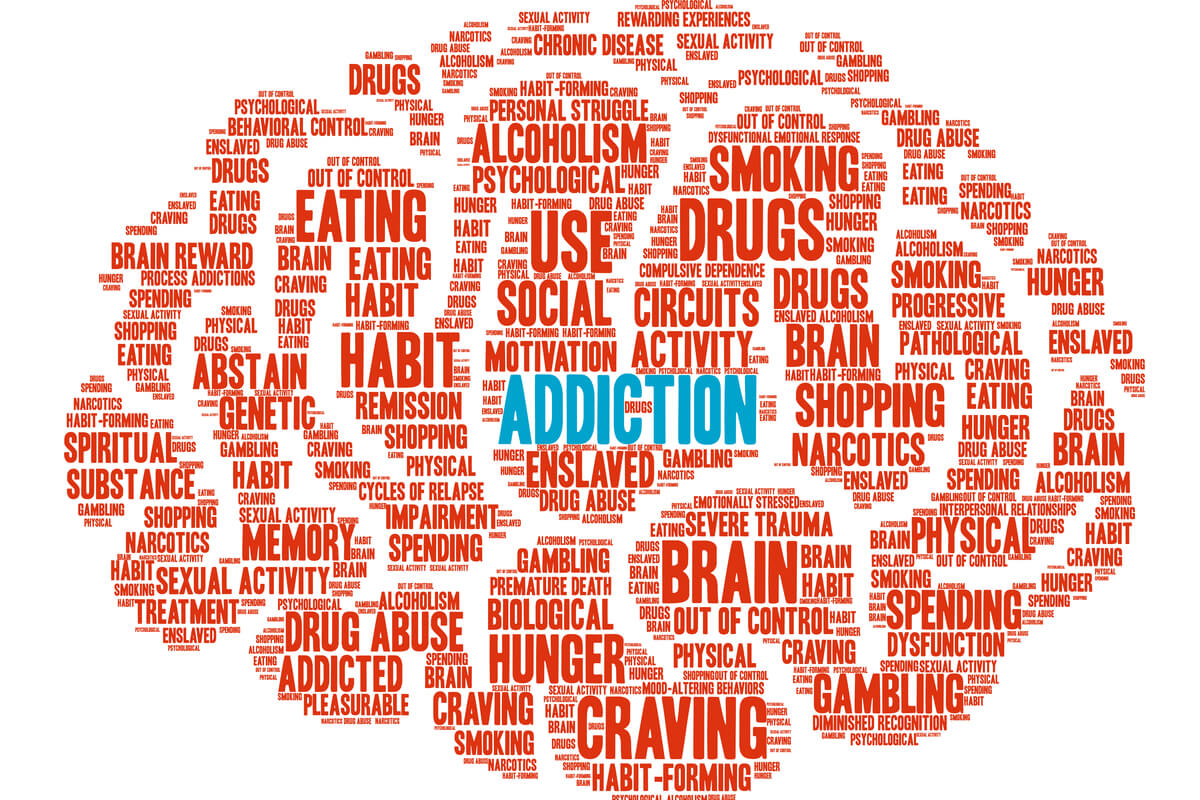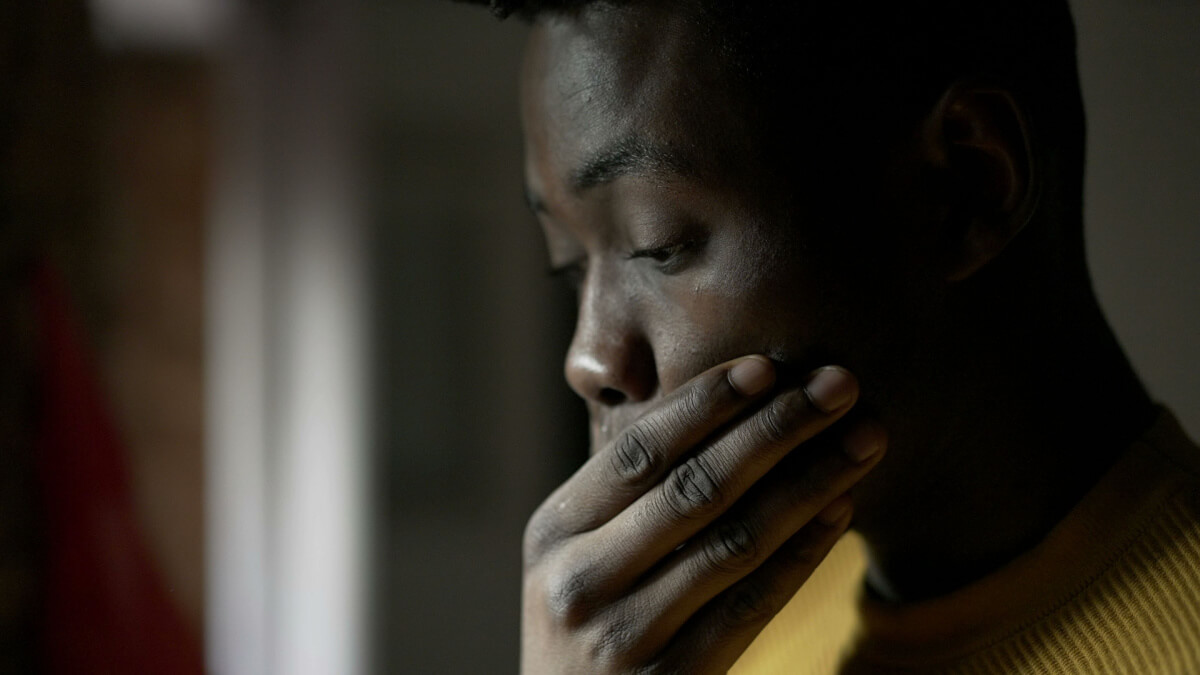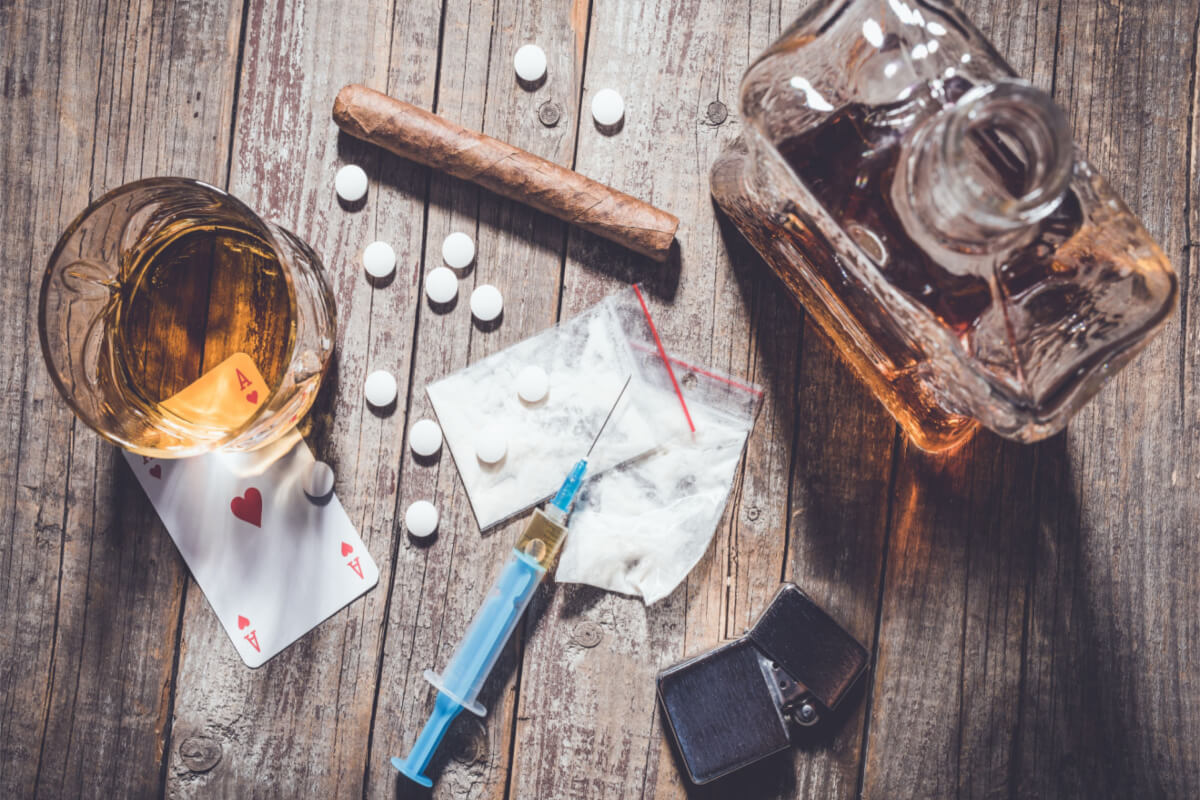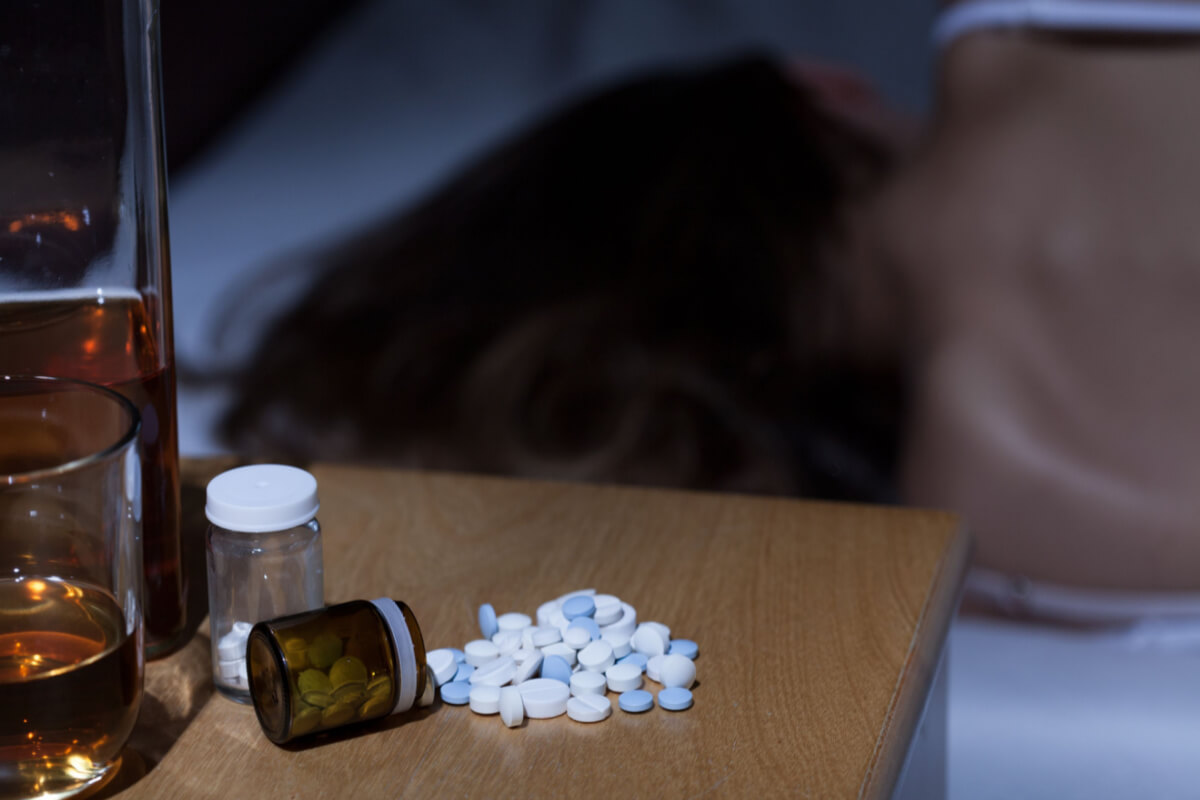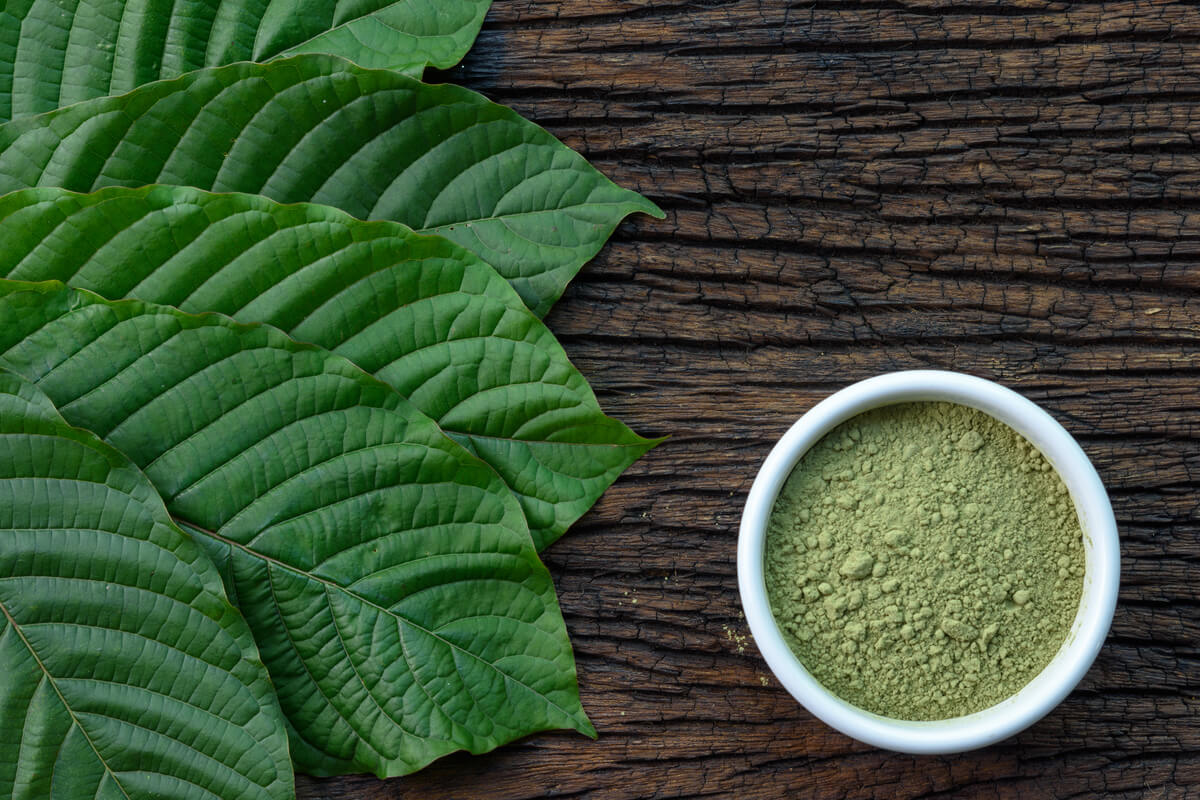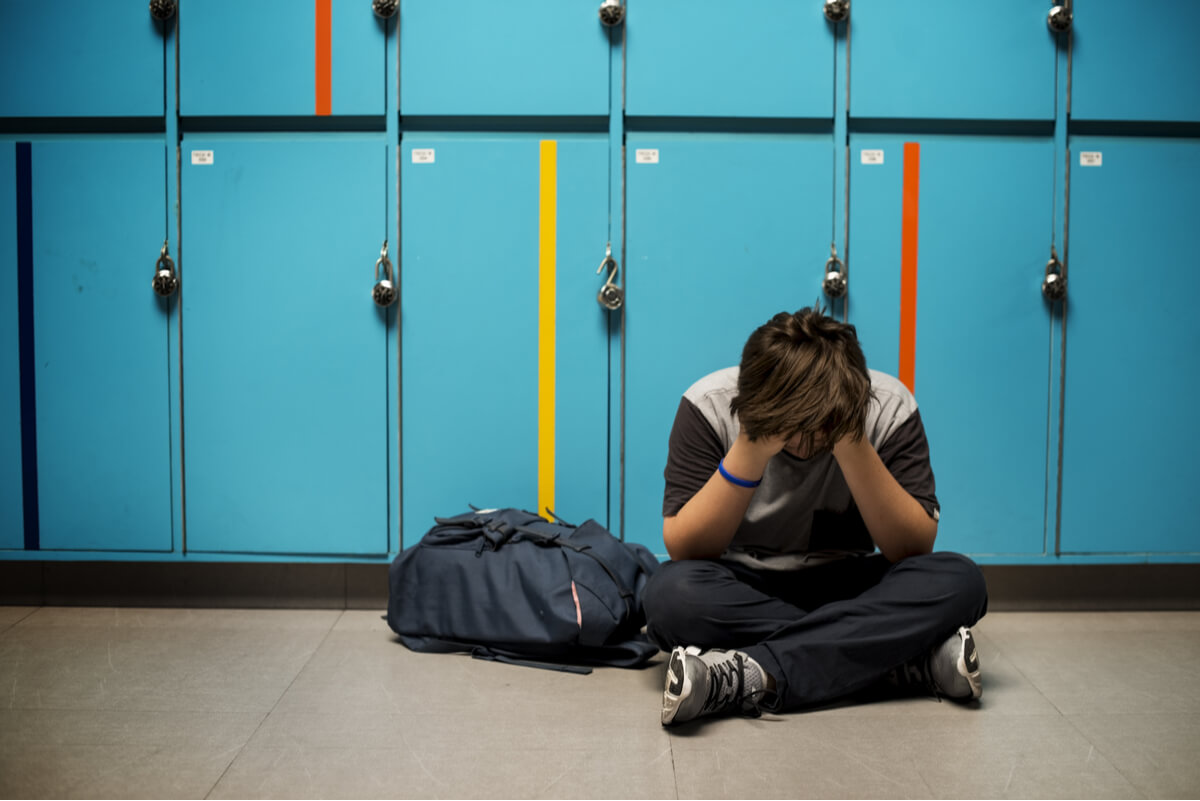
The link between bullying and substance misuse is clear. Teens involved in bullying have drug consumption rates up to three times higher than those who aren’t bullied. [1]
Every person has the power to step in and stop bullying while it happens. And we can encourage others to do the same.
What Is Bullying?
Bullying refers to physical, mental, verbal, sexual, or emotional abuse (or some combination) carried out by one individual or group against another. Multiple forms of bullying exist.
Physical
Bullying can be physical violence perpetrated by one individual or group on another. The victim is often smaller or weaker than the perpetrator, and the episodes involve hitting, pushing, slapping, spitting, theft, tripping, etc. [2]
Verbal
A verbal bully uses words to harm victims. This can involve name calling, racial slurs or other forms of verbal abuse.
Social
Humans are social creatures, meant to work together in groups. A social bully purposely excludes a victim repeatedly. A social bully may also fabricate a rumor about a victim, ensuring that others exclude this person too.
In 2019, 6% of students were excluded from activities due to a bully, and 15% reported being the subject of a harmful rumor.[3] This type of bullying is very common, especially in schools.
Virtual/Cyberbullying
Cyberbullying refers to bullying that takes place over digital devices. Cyberbullying has exploded over the last decade as social media and other online communication platforms have become commonplace, especially among school age and teenagers.
Cyberbullying often occurs via Social media sites, Text messaging, Instant messaging, Online forums, Email, or Gaming sites [4].
Sexual
Some bullies use a victim’s gender or sexual orientation as a weapon. In this form of bullying, the victim uses comments or actions that are sexual in nature. A bully might proposition a victim, claim to have intimate knowledge of a victim, or shun a victim sexually.
In workplace environments, this type of bullying qualifies as sexual harassment. More than 80% of women and more than 40% of men have experienced sexual harassment.[5]
Bullying by the Numbers
- In 2019, about 22% of students ages 12 to 18 reported being bullied during the school year.[3]
- More than 45% of students notified an adult at school about a bullying incident.[6]
- More than a third of teenagers reporting bullying say they were chosen due to their race or skin color.[6]
- Bullying doesn’t stop when people leave school. More than 30% of Americans have been bullied as adults.[7]
What Causes Bullying?
Bullying is often the result of learned and observed behaviors.
The teenager who bullies someone else (whether the victim is physically smaller, of a different gender, racial or sexual minority, or different in any other way) often does so because they have either seen the adults in their own life engage in similar behavior.
Children who bully may have family environments where a parent is verbally or physically abusive to them. They may also witness their own parents engaging in substance misuse.[8]
Learned behavior can lead to bullying. Adverse childhood experiences are linked to both teenage bullying and substance misuse.[9]
Bullying & Substance Misuse
Everyone touched by bullying is changed by it. Often, the harm caused by bullying leads to unhealthy coping behaviors, including substance misuse.
For Their Victims
An article published in Pediatrics reported the results of a longitudinal study that followed almost 4,300 5th graders who were victims of bullying. By 10th grade, 24% of the students had started drinking, 15% had started smoking cannabis, and 12% were smoking cigarettes.[11] Students who experienced bullying by 5th grade were more likely to be depressed by 7th grade. This, in turn, was associated with a greater chance of the students using drugs or alcohol in their later adolescent years.
For the Bullies
While we traditionally assume that victims are the most at risk of substance misuse, it turns out that bullies themselves are also paradoxically at increased risk: In looking at the connection between bullies and substance use in adulthood, researchers suggest that people who engage in bullying behavior engage in unhealthy coping strategies to deal with personal trauma, including substance misuse. [10]
For the Bystanders
Even bystanders of bullying can be negatively impacted: Frontiers in Psychology discovered “a higher risk [among bystanders] for alcohol and tobacco use [as well as] a higher risk for cannabis.”[8] People who see bullying in progress but are not aggressors are still susceptible to bullying’s psychological effects. Bystanders may be scared and traumatized by bullying (a phenomenon known as psychological co-victimization). Bystanders may fear being victimized themselves. They may also fear retaliation or targeting by the aggressor. They may likely be at higher risk of psychological trauma and subsequent substance misuse in the future.
Bullying Prevention Strategies
Bullying can seem like a normal part of childhood. In reality, this behavior causes intense harm to everyone involved, and it should never be normalized. Recent decades have seen an increased awareness of bullying as a public health concern and efforts have increased to address it.
Experts recommend the following strategies for identifying and eliminating bullying:[12]
- Talking: Ensure that children understand what bullying is and how it works. Adults can point out bullying behavior to coworkers too. Giving bad conduct a name can help victims and bystanders feel empowered to speak up.
- Rehearsing: It’s not easy to stand up to a bully, but it’s vital. Role-play with victims and ensure they have the right words at hand to defend themselves. Practice phrases for bystanders too.
- Modeling: Parents should treat others with kindness and foster a safe home environment. Children learn from adults, and the behaviors reinforced at home become those a child uses at school.
- Watching: Look for bullying evidence in children and adults. Start discussions, and let the victim explain what’s happening.
Bullying is a public health issue. As we continue to learn more about bullying and its longitudinal effects on mental health on substance use disorders later in life, we better appreciate the need for upstream interventions to prevent bullying and its long term consequences.

By Elena Hill, MD, MPH
Elena Hill, MD; MPH received her MD and Masters of Public Health degrees at Tufts Medical School and completed her family medicine residency at Boston Medical Center. She is currently an attending physician at Bronxcare Health Systems in the Bronx, NY where ... Read More
- Analysis of the Relationship Between School Bullying, Cyberbullying, and Substance Use. Children and Youth Services Review. https://www.sciencedirect.com/science/article/pii/S0190740922000056. March 2022. Accessed January 2023.
- Physical Bully. Bullying Statistics. http://www.bullyingstatistics.org/content/physical-bullying.html. Accessed January 2023.
- Bullying. National Center for Education Statistics. https://nces.ed.gov/fastfacts/display.asp?id=719. 2021. Accessed January 2023.
- What Is Cyberbullying? StopBullying.gov. https://www.stopbullying.gov/cyberbullying/what-is-it. November 2021. Accessed January 2023.
- National Studies. Stop Street Harassment. https://stopstreetharassment.org/our-work/nationalstudy/. 2019. Accessed January 2023.
- Bullying Statistics. Pacer’s National Bullying Prevention Center. https://www.pacer.org/bullying/info/stats.asp. November 2020. Accessed January 2023.
- Adult Bullying: Survey Finds 31% of Americans Have Been Bullied As an Adult. Doctors of Osteopathic Medicine. https://doctorsthatdo.osteopathic.org/adult-bullying-survey-finds-31-americans-bullied-adult. Accessed January 2023.
- The Mediating Role of Bullying and Victimisation on the Relationship Between Problematic Internet Use and Substance Abuse Among Adolescents in the UK: The Parent–Child Relationship as a Moderator. Frontiers in Psychiatry. https://www.frontiersin.org/articles/10.3389/fpsyt.2021.493385/full. October 2021. Accessed January 2023.
- Adverse Childhood Experiences and School-Based Victimization and Perpetration. Journal of Interpersonal Violence. https://pubmed.ncbi.nlm.nih.gov/29294639/. February 2020. Accessed January 2023.
- Bullying Behavior and Substance Abuse Among Underage Psychiatric Inpatient Adolescents. European Psychiatry. https://www.cambridge.org/core/journals/european-psychiatry/article/abs/bullying-behaviour-and-substance-abuse-among-underage-psychiatric-inpatient-adolescents/A6B614B1583D0907BD57C49252987FC5. April 2020. Accessed January 2023.
- Peer Victimization, Depressive Symptoms, and Substance Use: A Longitudinal Analysis. Pediatrics. https://pubmed.ncbi.nlm.nih.gov/28562268/. June 2017. Accessed January 2023.
- How to Prevent Bullying. StopBullying.gov. https://www.stopbullying.gov/prevention/how-to-prevent-bullying. November 2021. Accessed January 2023.
Download Our Free Program Guide
Learn about our program, its effectiveness and what to expect
Related articles
Imagine what’s possible on the other side of opioid use disorder.
Our science-backed approach boasts 95% of patients reporting no withdrawal symptoms at 7 days. We can help you achieve easier days and a happier future.


